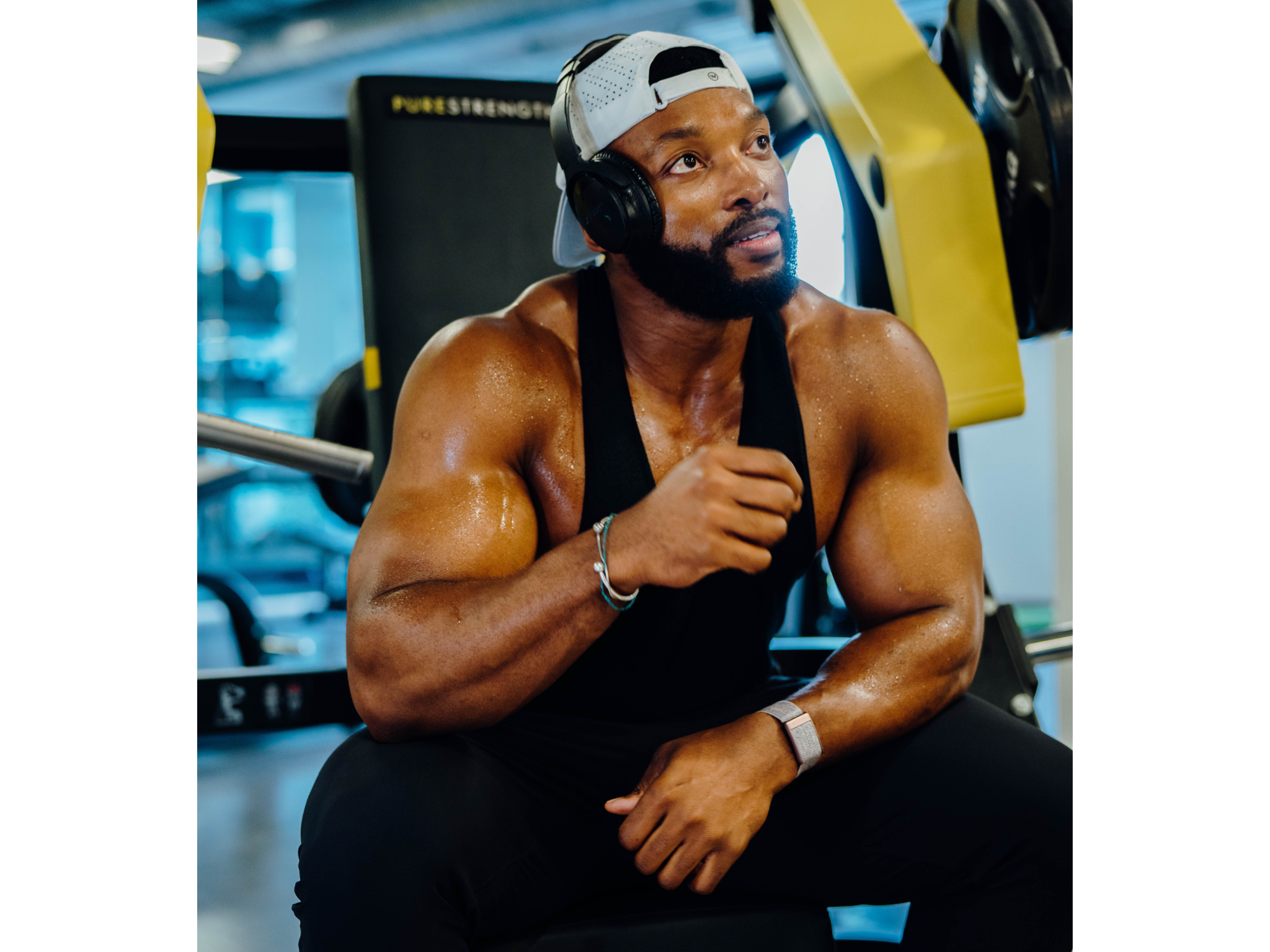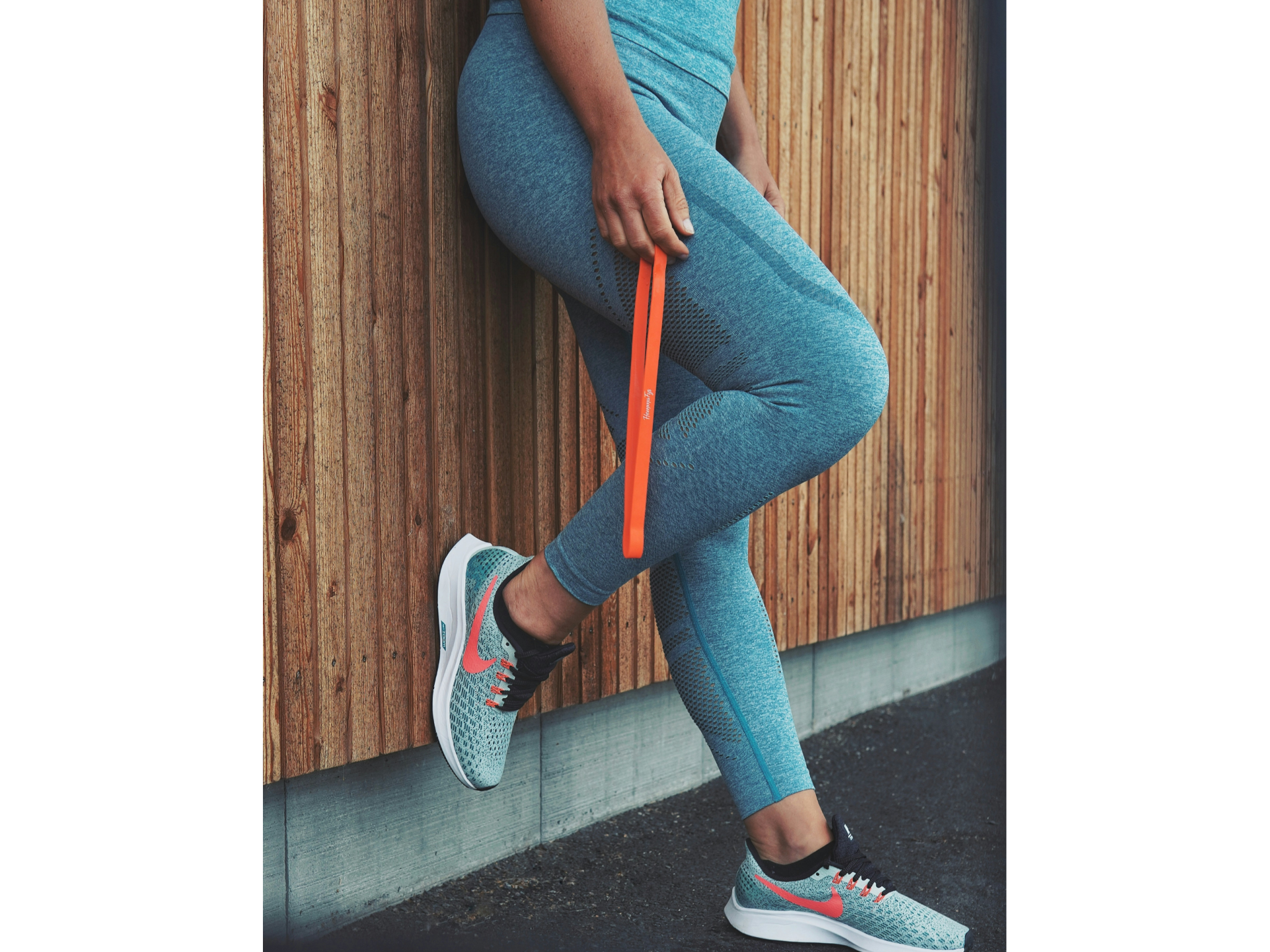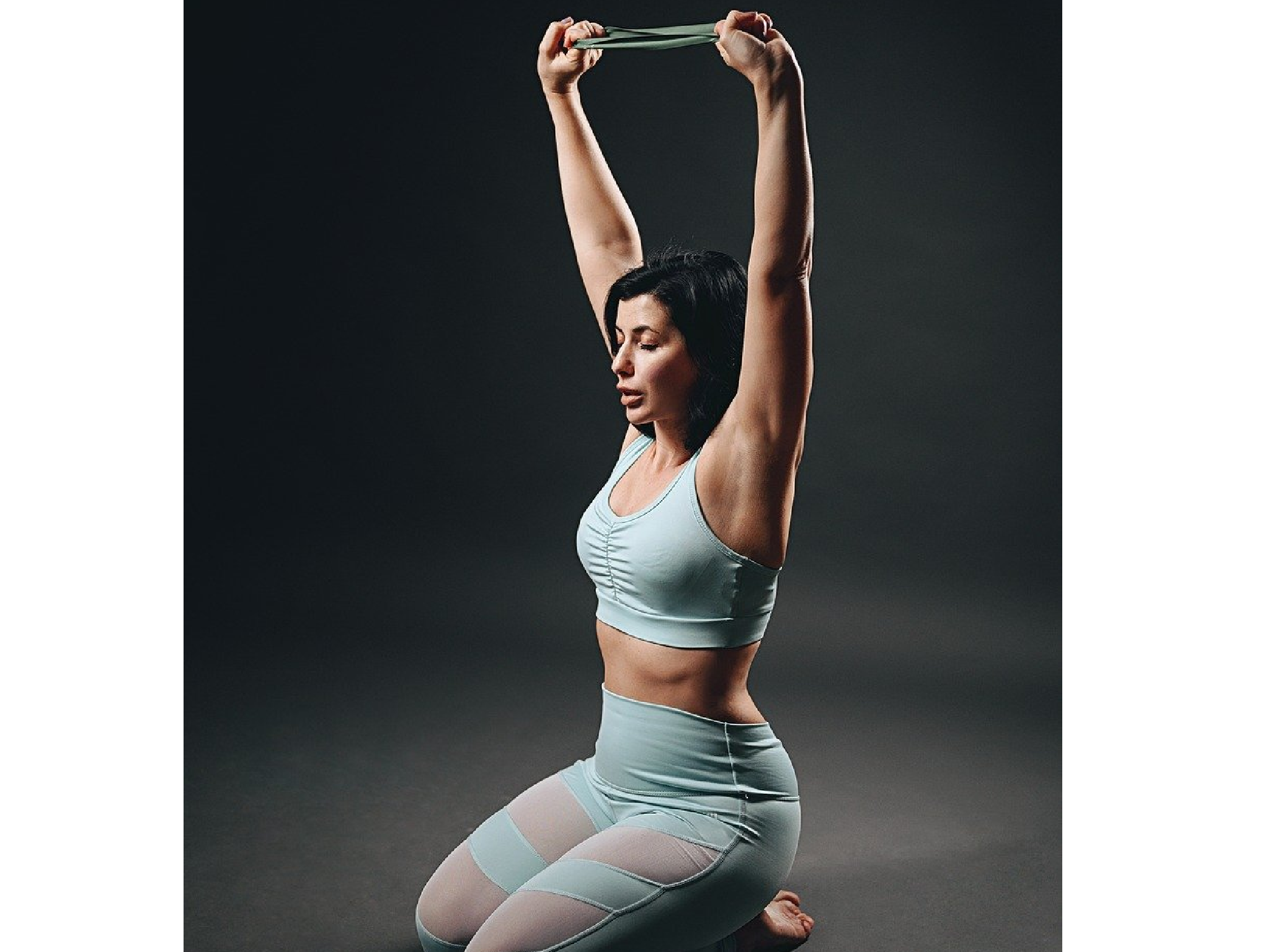How to use resistance bands for strength, according to experts
From banded squats to bent-over rows, here are some exercises to do at home

Your support helps us to tell the story
From reproductive rights to climate change to Big Tech, The Independent is on the ground when the story is developing. Whether it's investigating the financials of Elon Musk's pro-Trump PAC or producing our latest documentary, 'The A Word', which shines a light on the American women fighting for reproductive rights, we know how important it is to parse out the facts from the messaging.
At such a critical moment in US history, we need reporters on the ground. Your donation allows us to keep sending journalists to speak to both sides of the story.
The Independent is trusted by Americans across the entire political spectrum. And unlike many other quality news outlets, we choose not to lock Americans out of our reporting and analysis with paywalls. We believe quality journalism should be available to everyone, paid for by those who can afford it.
Your support makes all the difference.They may be lightweight but resistance bands can help you increase the power and intensity of your workouts.
Whether you’re looking to burn more calories or tone up, a resistance band allows you to do so from the comfort of your own home at a time that suits you. Or, if you travel a lot, you can pack some in your suitcase to transform any hotel room into a makeshift gym.
With prices for bands starting at £10, and no further costs after the initial purchase, it’s also a budget-friendly way to fire up those lovely exercise endorphins to feel better in both body and mind.
For those new to working out, resistance bands are an accessible way to start warming up your muscles and get the blood flowing. You can start with light resistances and work your way up to heavier, stiffer bands as your fitness improves. And you can also adjust your grip when doing specific moves, reducing strain on joints and accommodating injuries or mobility issues.
With all these benefits and more, the question is not whether you need resistance bands but how best to use them, both for a workout in its own right and to complement anything you do in the gym. For that, Obi Vincent, a fitness coach, C4 Energy ambassador and pliability athlete, exclusively showed us some exercise examples and advised us on form.

What should you look for when choosing resistance bands?
If you don’t already have resistance bands at home, Vincent says: “I’d recommend getting a variety to accommodate different exercises and intensities. I’d also recommend getting several different colour-coded bands for guidance, as each colour represents a different resistance level.”
If you want bands that last and don’t snap mid-exercise, Vincent advises that thicker bands are generally better than thinner ones. Carefully examine all the photos, if shopping online, to check the quality.
How many times a week do you need to train with a resistance band to see results?
The frequency varies for each person, depending on how you want to look and what state of fitness you are currently in.
“For beginners, when starting a resistance band workout, you’ll want to aim for two to three strength-based training sessions per week,” suggests Vincent. “You can split it between one upper body session, one lower body session and one full body session, making sure you’re targeting each muscle group twice a week.”
For those on the intermediate level, Vincent recommends increasing the frequency to anywhere between three and five strength-based training sessions per week. “You can also focus on progressive overload by increasing resistance levels and the number of reps and sets,” he says.
How do you put on a resistance band properly, with good form?

As each move is different, there is no one-size-fits-all piece of guidance on this. That being said, there are three general pointers that can help you identify if your loop resistance band is in the correct position, according to Vincent.
First, make sure you align the band with the target muscle group. Second, ensure it fits perfectly without being too tight or too loose and remains in place without rolling or sliding down during exercises. Third, check in the mirror to see if it is on the correct muscle group and providing resistance as you move.
Lower-body resistance band workout example:
Warm-up (two rounds):
- 12 chest-to-floor walkouts
- 20 air squats
- 10 banded pull-aparts
Workout:
Three sets of 10-12 reps of the following, Rest for one minute between each set:
- Banded Squats – Place the band around your neck, ensuring it rests on your traps. Stand on the other side of the band. From a standing position, squat down until your hips parallel your knees, then stand back up.
- Good mornings – Place the band around your neck, ensuring it rests on your traps. Stand on the other side of the band. From a standing position, hinge at the hips, sending your bum back while keeping your back straight and core tight. Once you feel tension in your hamstrings, drive your hips forward to stand back up.
- Reverse lunges – Place the band around your neck, ensuring it rests on your traps. Stand on the other side of the band. From a standing position, lunge while sending one foot back, keeping your back straight and core tight. Once your back knee is almost touching the ground, drive off your front knee to stand back up.
- Ankle pumps – This exercise focuses on the calves, which are important for foot and ankle flexibility and are used when you run or jump. Place the centre of your resistance band beneath your feet in a seated position with your legs straight in front of you. Flex your feet forward and back as far as possible while holding the handles by your thighs.
Upper body resistance band workout example

Warm-up (two rounds):
- 12 chest-to-floor walkouts
- 20 air squats
- 10 banded pull-aparts
Workout:
Three sets of 10 to 12 reps of the following, Rest for one minute between each set:
- Overhead shoulder press – This exercise targets your arms and shoulders. Begin by standing on your lightest resistance band, holding the handles in both hands at shoulder height. With your palms facing forward, extend your arms straight above you, positioning them slightly wider than shoulder-width apart. Slowly lower the band back to the starting position with control.
- Banded bent-over row – Hold the band with both hands and stand in the middle of it. From a standing position, bend over while keeping your back straight and core tight. This is your starting position. Pull the band towards your waist, then return to your starting position.
- Lateral raises – This exercise will help you build and define your shoulders. Start by standing upright. Place both feet on the resistance band and hold a handle in each hand. Lift your arms straight out to your sides with palms facing down, until your elbows are at shoulder height and your arms form a T. Keep your arms straight as you slowly lower them back down.
- Biceps curls – Hold the band with both hands and stand in the middle of it. From standing to keeping your elbows fixed in line with your ribs, curl the band.
Want to stay hydrated as you work out? Read our best reusable water bottle review